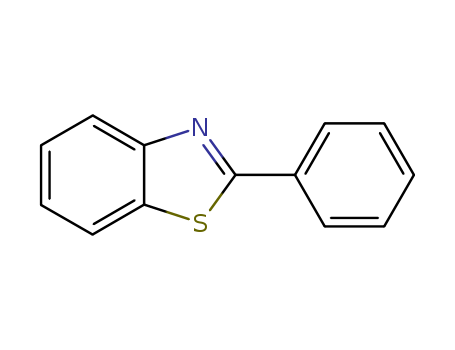10.1021/om4007032
The research, investigates the synthesis, properties, and potential applications of cyclometalated iridium(III) complexes incorporating azadipyrromethene ligands. The purpose of this study is to combine the visible excitability of azadipyrromethenes with the triplet-state photoproperties of iridium(III) complexes, aiming to create new materials with desirable optical and electrochemical properties for applications in areas such as light-emitting diodes (OLEDs), metal ion sensors, and biological tags. The researchers used base-assisted transmetalation from boron to synthesize a series of iridium(III) complexes with various cyclometalating ligands, such as 2-phenylpyridine (ppy), p-tolylpyridine (tpy), and 2-phenylbenzothiazole (bt), and azadipyrromethene ligands like LaBr2. The resulting complexes were characterized by various techniques, including X-ray crystallography, cyclic voltammetry, and density functional theory (DFT) calculations. The key findings include the preservation of the common four-aryl geometry of azadipyrromethenes in the six-coordinate iridium(III) complexes, the dominance of azadipyrromethene absorption bands in the optical spectra, and the identification of the azadipyrromethene as the site of one-electron reduction. The study concludes that these new complexes exhibit electroactive properties with reversible reductions and oxidations, and their optical properties are mainly governed by the azadipyrromethene ligand. The results suggest that the electrooptical properties of azadipyrromethene ligands could be extended to other metal complexes and materials, opening up new possibilities for the development of functional materials.





